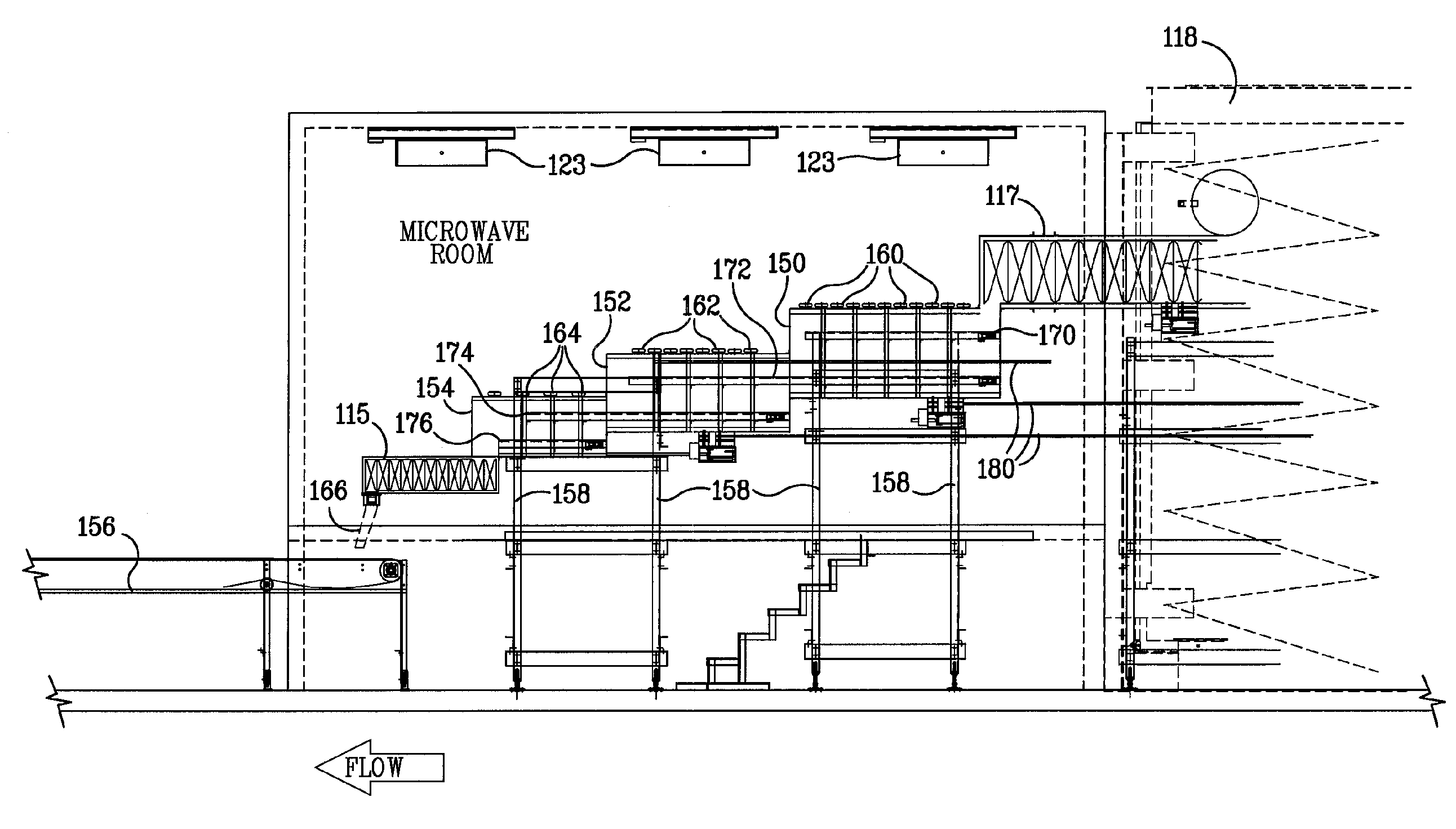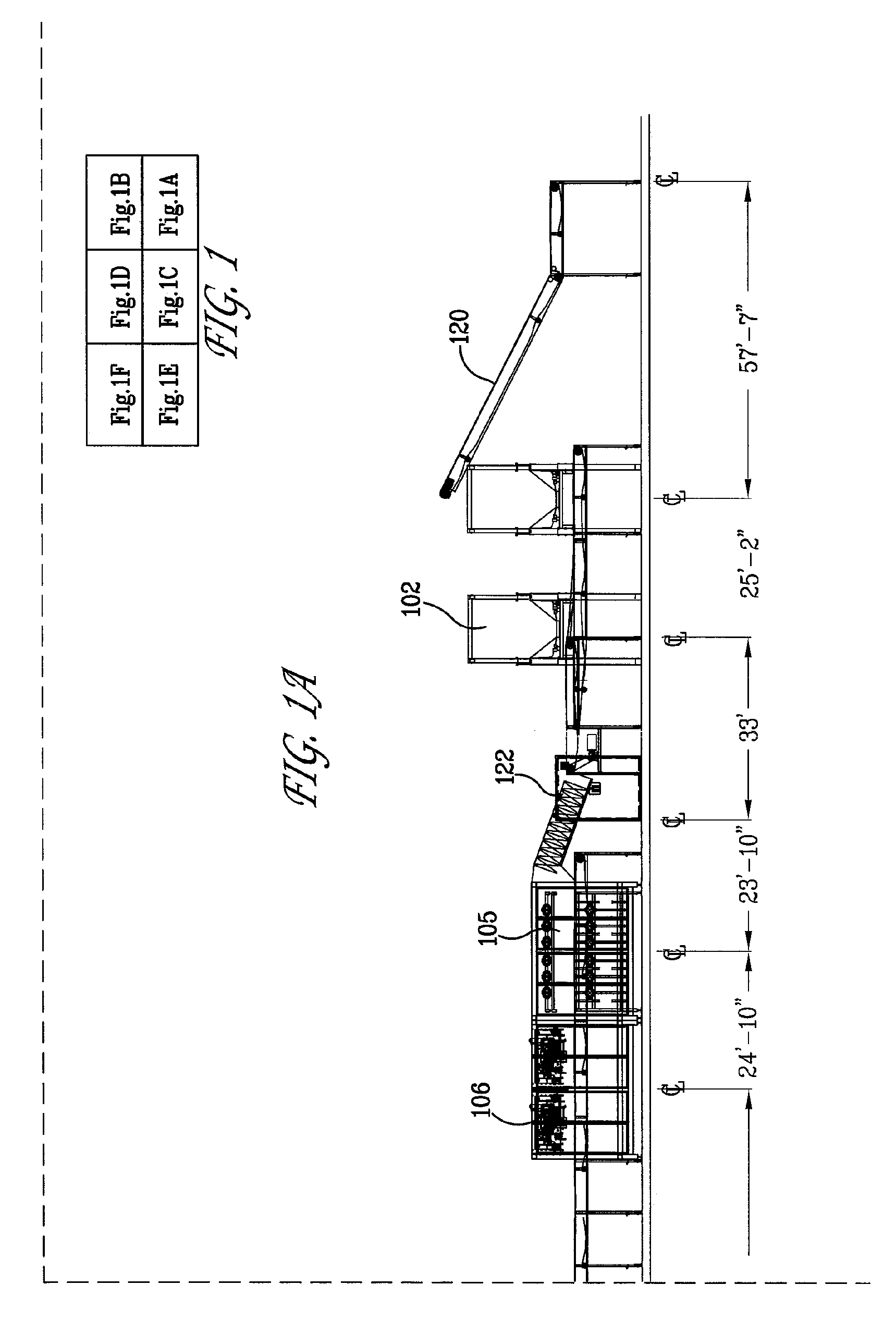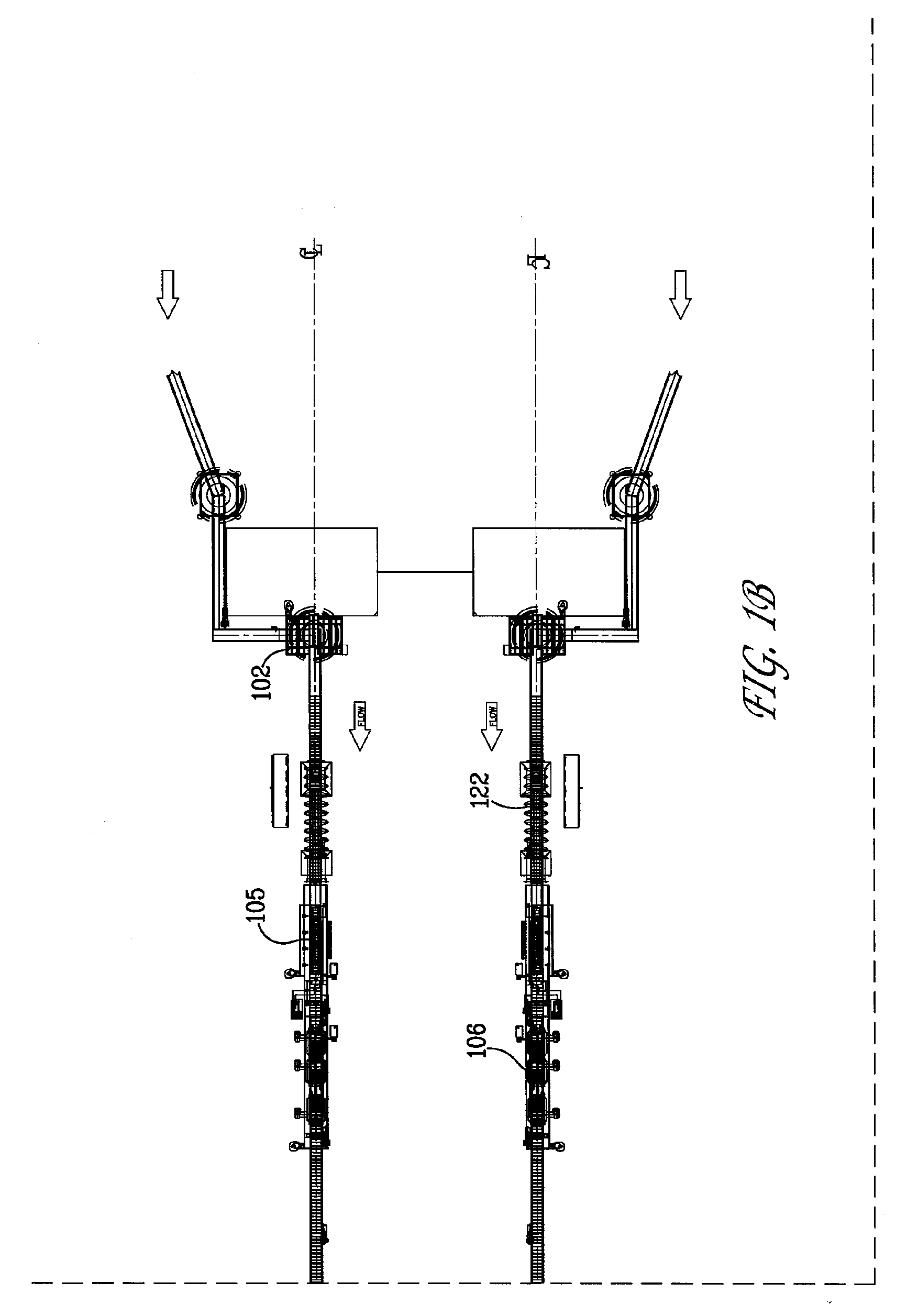Microwave-based recovery of hydrocarbons and fossil fuels
a technology of hydrocarbons and fossil fuels, applied in the field of microwave radiation recovery methods and apparatuses, can solve the problems of time-consuming and laborious, insufficient quantities of usable oil, and insufficient extraction of oil from these materials
- Summary
- Abstract
- Description
- Claims
- Application Information
AI Technical Summary
Problems solved by technology
Method used
Image
Examples
example 1
[0161]A chamber capable of being subjected to between 4.0 to 12.0 GHz of microwave radiation frequencies and rated to withstand reduced atmospheric pressure, was equipped with a 700 W, 5.8 to 7.0 GHz VFM microwave tube (Lambda Technologies, Morrisville, N.C.). The chamber was outfitted with a nitrogen gas inlet tube, a vacuum inlet tube, and an outlet tube connected to a heat exchanger and collection vessel. The chamber was also equipped with an infrared thermocouple temperature probe.
example 2
[0162]A chamber capable of being subjected to between 4.0 to 12.0 GHz of microwave radiation frequencies and rated to withstand reduced atmospheric pressure, was equipped with a 1800 W, 7.3 to 8.7 GHz VFM microwave tube (Lambda Technologies, Morrisville, NC). The chamber was outfitted with an nitrogen gas inlet tube, a vacuum inlet tube, and an outlet tube connected to a heat exchanger and collection vessel. The chamber was also equipped with an infrared thermocouple temperature probe.
example 3
[0163]A 20 lb automobile tire was cut into approximately 4″×4″ pieces. These pieces were washed and dried. The pieces were placed on a tray and loaded into the chamber of Example 1. Twenty psi of N2 was introduced into the chamber. The VFM microwave radiation was initiated (700 W, 5.8-7.0 GHz). When the temperature of the tire pieces reached 465° F., the microwave radiation was halted and the tire pieces allowed to cool about 5-25° F. Microwave radiation was resumed. This process was repeated an additional three times. Total experiment run time was approximately twelve minutes. The decomposition products were then analyzed.
[0164]This experiment produced 1.2 gallons of #4 oil (see Tables 1 and 2), 7.5 lbs of carbon black, 50 cu. ft. of combustible gases (including methane, ethane, propane, butane, and isobutene), and 2 lbs of steel. FIGS. 9A-9C depict electron microscope photographs of samples of carbon black produced using this method. FIG. 9C demonstrates that the carbon black prod...
PUM
 Login to View More
Login to View More Abstract
Description
Claims
Application Information
 Login to View More
Login to View More - R&D
- Intellectual Property
- Life Sciences
- Materials
- Tech Scout
- Unparalleled Data Quality
- Higher Quality Content
- 60% Fewer Hallucinations
Browse by: Latest US Patents, China's latest patents, Technical Efficacy Thesaurus, Application Domain, Technology Topic, Popular Technical Reports.
© 2025 PatSnap. All rights reserved.Legal|Privacy policy|Modern Slavery Act Transparency Statement|Sitemap|About US| Contact US: help@patsnap.com



